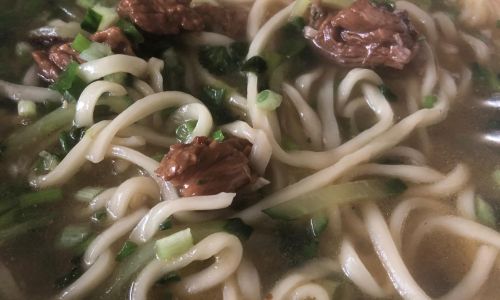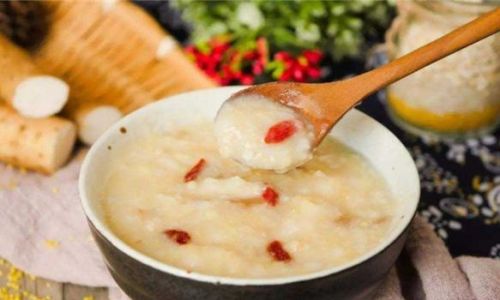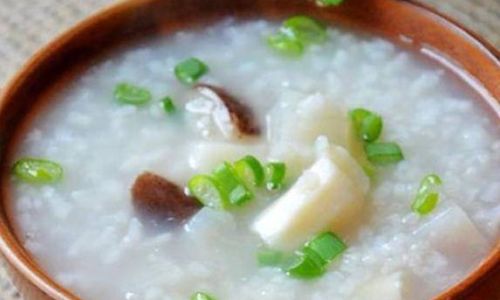Table of content
Making noodles is a culinary art that spans cultures and cuisines worldwide. From the delicate, thin strands of Italian pasta to the hearty, chewy lo mein of Chinese cuisine, noodles come in various shapes, sizes, and flavors. Whether you’re a seasoned chef or a home cook eager to expand your repertoire, learning how to make noodles from scratch can be a rewarding endeavor. This comprehensive guide will walk you through the fundamental steps, techniques, and tips for crafting delicious homemade noodles, ensuring you can create a dish that’s as satisfying to make as it is to eat.
Understanding the Basics
Before diving into specific recipes, it’s crucial to grasp the fundamental principles behind making noodles. The primary ingredients are typically flour, water, and sometimes eggs or salt. The type of flour you use will significantly impact the texture and taste of your noodles. All-purpose flour is a versatile choice, but for a more authentic experience, consider using semolina flour for Italian pasta or high-protein bread flour for chewier results.
Water acts as the binding agent, helping to form a dough that can be rolled and cut into noodles. The amount of water needed can vary based on humidity, flour type, and personal preference. It’s essential to add water gradually and knead the dough until it reaches the right consistency—neither too sticky nor too dry.

Eggs add richness and flavor, making the noodles more tender and slightly elastic. They’re often used in pasta and egg noodles but are optional depending on your recipe and dietary preferences.
Salt enhances flavor and helps to strengthen the gluten network in the dough, contributing to a firmer texture.
Equipment You’ll Need
While some professional equipment can make the process smoother, you can still make great noodles with basic kitchen tools. Here’s a list of what you might need:
- Mixing bowls: For combining ingredients.
- Measuring cups and spoons: To ensure accuracy in ingredient quantities.
- Rolling pin: For flattening and thinning the dough.
- Knife or pizza cutter: For cutting the dough into strips.
- Pasta machine (optional): For a more consistent thickness and texture.
- Large pot: For boiling the noodles.
- Colander or strainer: For draining the noodles.
- Wooden spoon or spatula: For mixing and handling the dough.
- Clean kitchen towels or parchment paper: For preventing sticking.
Step-by-Step Guide to Making Noodles
Preparing the Dough
-
Combine Ingredients: In a large mixing bowl, combine your chosen flour, a pinch of salt, and (if using) eggs. Make a well in the center and add water a little at a time, mixing with a fork or your hands until a shaggy dough forms.
-
Kneading: Transfer the dough to a lightly floured surface and knead for about 8-10 minutes. The dough should be smooth, elastic, and slightly tacky but not sticky. If it’s too sticky, add a bit more flour; if it’s too dry, add a drop of water.
-
Resting: Cover the dough with a damp cloth or plastic wrap and let it rest for at least 30 minutes. This allows the gluten to relax, making the dough easier to roll out without shrinking back.
Rolling and Cutting the Dough
-
Flattening: Once rested, divide the dough into smaller portions if necessary for easier handling. Flatten each portion into a disk shape.
-
Rolling Out: Use a rolling pin to roll the dough out into a thin sheet. Aim for an even thickness of about 1/8 to 1/4 inch (3-6 mm). If using a pasta machine, set it to the widest setting and pass the dough through several times, gradually narrowing the setting until you reach your desired thickness.
-
Cutting: Cut the rolled-out dough into strips using a sharp knife, pizza cutter, or pasta machine’s cutting attachment. For traditional pasta, aim for strips about 1/4 to 1/2 inch (6-12 mm) wide. For noodles like udon or soba, thicker cuts are typical.

Cooking the Noodles
-
Boiling Water: Bring a large pot of salted water to a rolling boil. Salt enhances the flavor of the noodles as they cook.
-
Cooking Time: Add the noodles to the boiling water and cook until al dente, which means they should be tender but still have a slight bite. Cooking times vary depending on the thickness and type of noodle but generally range from 2-10 minutes.
-
Testing for Doneness: Taste a piece of noodle to check for doneness. If they’re too firm, cook for another minute or two and test again.
-
Draining: Once cooked, use a colander to drain the noodles thoroughly. Shake off excess water but do not rinse, as this can wash away the starches that help the sauce adhere.
Serving and Enjoying
-
Saucing: Toss the hot noodles with your favorite sauce or toppings immediately to prevent sticking. Pasta often pairs well with tomato sauce, pesto, or creamy Alfredo. Asian noodles might be served with soy sauce, stir-fries, or broth-based soups.
-
Garnishing: Enhance your dish with fresh herbs, grated cheese, toasted nuts, or a drizzle of olive oil. Presentation is key, so don’t shy away from making your noodles look as inviting as they taste.
Tips for Perfect Noodles
- Use High-Quality Ingredients: The better the ingredients, the better the final product.
- Practice Patience: Kneading and resting the dough are crucial steps that cannot be rushed.
- Experiment with Flour Types: Different flours offer unique textures and flavors. Experiment to find your favorite.
- Don’t Overcook: Overcooked noodles can become mushy and lose their appeal. Always test for doneness.
- Store Properly: If you’re not eating the noodles immediately, toss them with a bit of olive oil to prevent sticking and store them in the refrigerator for up to a day.
Conclusion
Making noodles from scratch is a rewarding culinary endeavor that allows you to customize flavors, textures, and shapes to your liking. With a bit of practice and the right techniques, you can create noodles that rival those found in the best restaurants. Whether you’re aiming for the perfect fettuccine, hearty udon, or delicate angel hair pasta, this guide provides the foundation you need to succeed. Happy cooking, and enjoy every bite of your homemade noodles!






0 comments